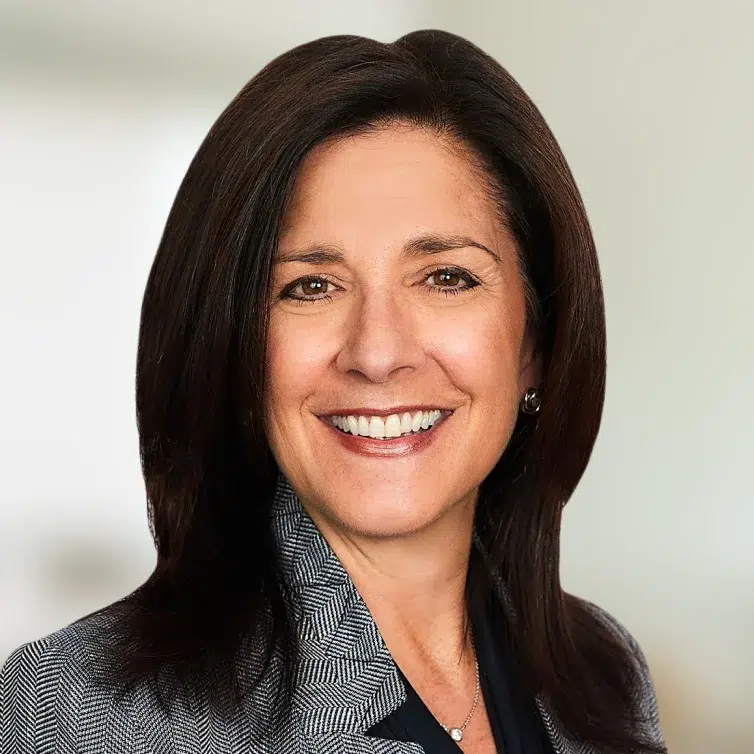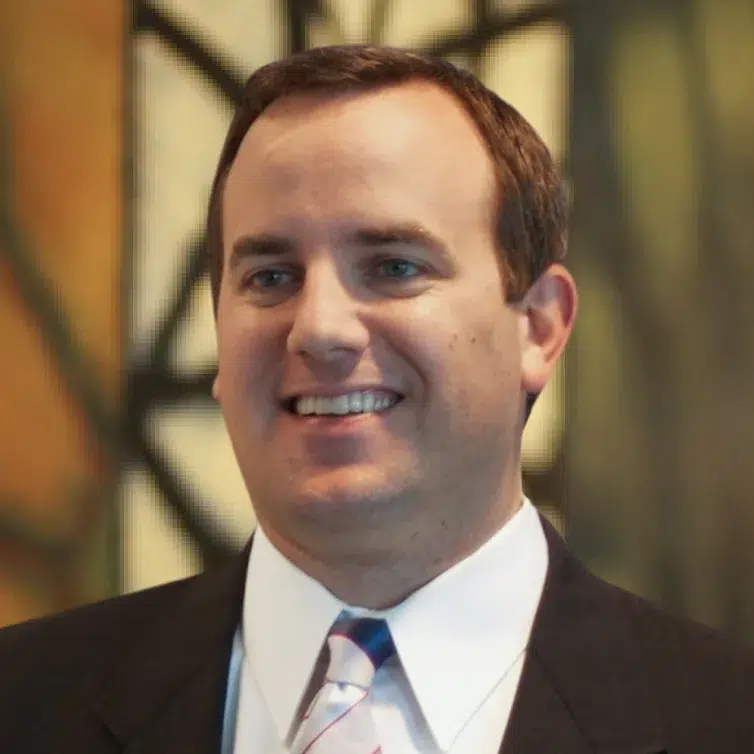
Congress handed us quite a gift at the end of 2022 with new legislation known as SECURE Act 2.0 (Setting Every Community Up for Retirement Enhancement). Broadly, SECURE 2.0 expands on the original SECURE Act and is intended to make retirement saving more straightforward and accessible to a wider range of people. As such, it encompasses many aspects of financial planning and retirement saving.
Although the SECURE Act 2.0 comprises a host of provisions, this article covers some of the retirement planning opportunities for individual retirement accounts (IRAs) in 2023 and beyond.
Effective 2023: Required Minimum Distributions (RMDs) start-date change
In 2023, one of the highlights of the SECURE Act 2.0 is a push back in the age from 72 to 73 years old when owners of retirement accounts must start taking RMDs from their account. Additionally, in 2033, SECURE 2.0 pushes the RMD start date back further to those turning age 75. Importantly, individuals who have already been subject to RMDs are not impacted by SECURE 2.0 and must continue to take annual distributions.
There are a few key benefits to the push back in age to 73 for RMDs. First, some individuals will benefit from an additional year of tax-deferred growth. Additionally, pushing off another year of retirement income may also stave off higher Medicare Part B and D premiums and offer another year of potential Roth conversions (when you pay tax to convert some or all of a traditional IRA account to a tax-free Roth IRA).
Effective 2024: Additional election available for surviving spouses
Surviving spouses have always been afforded special treatment and various choices when inheriting a retirement plan from their deceased spouse. Beginning next year, Secure Act 2.0 will offer an additional option which allows the surviving spouse the ability to elect to be treated as the deceased spouse.
This election will allow the surviving spouse to start RMDs when the deceased spouse would have reached RMD age. This benefit is the most beneficial when a surviving spouse inherits a retirement account from a younger spouse because it would result in more tax deferred compounding before RMDs must begin at the deceased spouses age of 73 (or 75 in 2033 and beyond).
Effective 2024: Qualified Charitable Distributions (QCDs) from an IRA will be indexed for inflation
Individuals age 70½ and older are eligible to distribute up to $100,000 per year each from their IRA directly to charitable organizations (excluding Donor Advised Funds and Private Foundations). QCDs are neutral from an income tax perspective in that they’re not taxable to the individual and they also do not qualify for a charitable gift deduction. Beginning next year, the $100,000 limit will begin to increase annually with inflation, making them an even more valuable way for some individuals to fund their philanthropy.
Effective 2024: 529 education savings plan rollover to Roth IRA
529s have always been a great tax-advantaged way to save for college education for family and/or friends. However, there are many variables to consider when determining how much to contribute to the 529 plans including, the future cost of education you’re funding, and the investment returns you’ll achieve in the account. As a result, many 529 plan beneficiaries have funds remaining in their 529 plans after they’ve completed their higher education. Currently, leftover funds can remain in the 529 account and be available for another family’s members education or the beneficiary can distribute the balance for non-educational purposes and pay income tax on the earnings plus a penalty.
Beginning in 2024, some beneficiaries of 529 accounts will be able to roll over up to $35,000 (lifetime per person) of unused 529 savings to a Roth IRA in lieu of making Roth IRA contributions themselves. SECURE Act 2.0 outlines a number of conditions that must be satisfied for the transfer to be valid, including the 529 plan must have been opened for at least 15 years, the rollover is subject to annual Roth IRA contribution limits and the Roth IRA receiving the funds must be in the name of the beneficiary of the 529 plan.
This new type of transfer may offer a planning opportunity for unneeded educational funding to be repurposed as retirement savings.
While the SECURE Act 2.0 amplified opportunities to save for retirement, everyone has a unique financial situation. We’re carefully reviewing with clients what the changes mean for their unique circumstances and long-term wealth plans.

 Talk to us
Talk to us 












